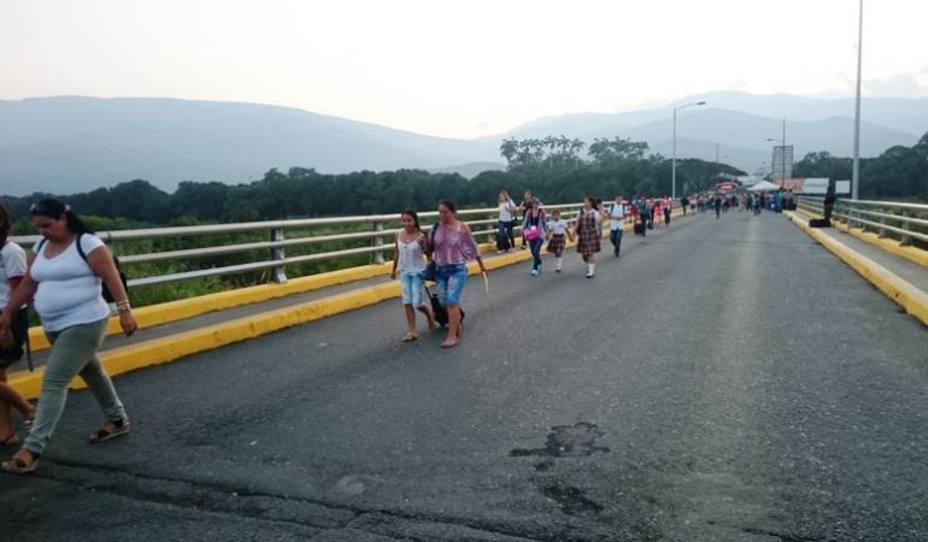Yoligma Santaella, from Confederacion Sordos de Venezuela (Consorven)’s Unit for Attention to Victims, informed about the importance of this coordination and at the same time explained how the deaf or any other people with disabilities must make reports in case of Human Rights violation.
“In the Unit, we are responsible for dealing with the victim of Human Rights violation, and we also provide legal advice and/or legal accompanying, depending on the case; we give the best support to the deaf and people with disabilities in general; if they go through situations where their rights are violated, for instance: workplace discrimination due to any kind of disability, situations of domestic violence, and any other kind of support where they need to be guided” Santaella said.
Among their tasks, there’s also guiding and offering workshops to provide tools and knowledge to the deaf community, because this way people with disabilities can be empowered.
She explained that in order to be able to provide required support, it is necessary for the affected person to make contact with the Consorven’s Attention to Victims Coordination through the e-mail: sordodenuncia@gmail.com, briefly explain the case and provide a contact number; that way they can be able to look after and guide the victim. “If the person needs to report, they fill out a form, a video is recorded about the incident, an ID copy is requested, and we give the case to the lawyers”.
Regarding the formative process, this Consorven’s coordination also gives workshops and courses along with other allied organizations to take them to the deaf community. On this subject, she made reference to the AIDS/HIV along with NGO “Accion Solidaria” (Solidary Action), performed at Miriam Ohep de Vélez High School, where information about HIV and other Sexually Transmitted Diseases was given, which counted on the presence of 33 deaf students, and the Teaching Unit’s parents, representatives and educators.
“The activity was quite dynamic, the difference between HIV and AIDS was clarified, various situations were presented so students could identify if they were high, low or medium risk, if they were prone to contract HIV; ways of transmission for this disease were explained and clarified”
Finally, students seemed very interested on the topic and cleared up their doubts and curiosity regarding sexual intercourses.
Official source: Punto de Corte
Our mission is to contribute to the existence of a right, autonomous, plural and committed Venezuelan civil society, active and influential, framed within human rights in accordance with its universal norms and action, civic, peaceful and democratic perspectives.




